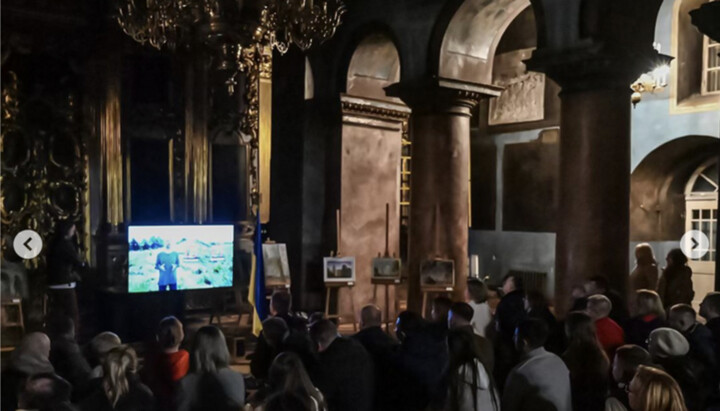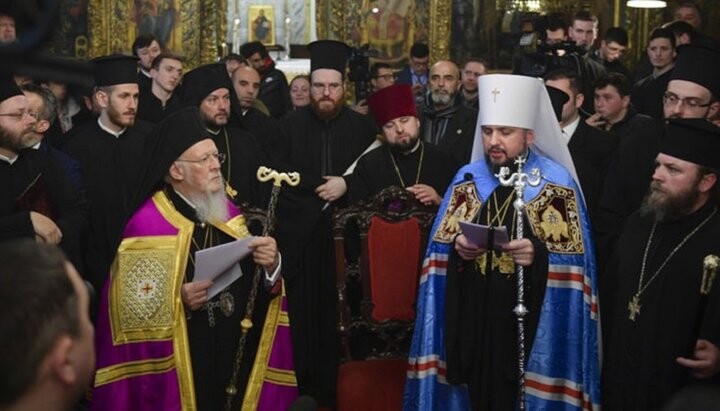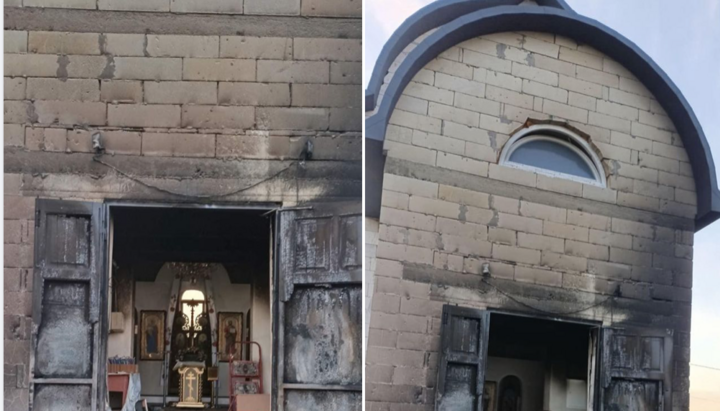Church and state: Does Ukraine really differ from the USSR?

On November 1, a documentary film about the history of the region was screened in the Transfiguration Cathedral of Chernihiv, from which the authorities recently expelled the UOC community.
A screen was set up by the Royal Doors, and chairs were brought in for the audience, creating a makeshift movie theater.
Documentary projects are valuable, of course, but it raises the question – are there not enough cinemas, theaters, assembly halls, and other venues in Chernihiv where this screening could have taken place? Undoubtedly, there are.
It seems the authorities felt compelled to hold some kind of event in the 11th-century cathedral to demonstrate that it wasn’t taken from the faithful in vain.
But if we look back to what happened to the church 100 years ago, we see a similar situation.
In 1926, Soviet authorities banned worship in the cathedral and handed it over to "Glavrosmaslozhirsbyt" (the name of the food base – Ed.) to be used as a warehouse. Later, it was turned into a museum.
Some might argue that a movie theater in a church is better than a warehouse. But the ancient architects built this sacred space for prayer, not for warehouses, museums, dance floors, lecture halls, and so on.
Ukraine strongly condemns the crimes of the totalitarian Soviet regime, including in the religious sphere.
But it would be worthwhile if some official could refer to the example of the Transfiguration Cathedral to explain – what exactly is the difference today?





